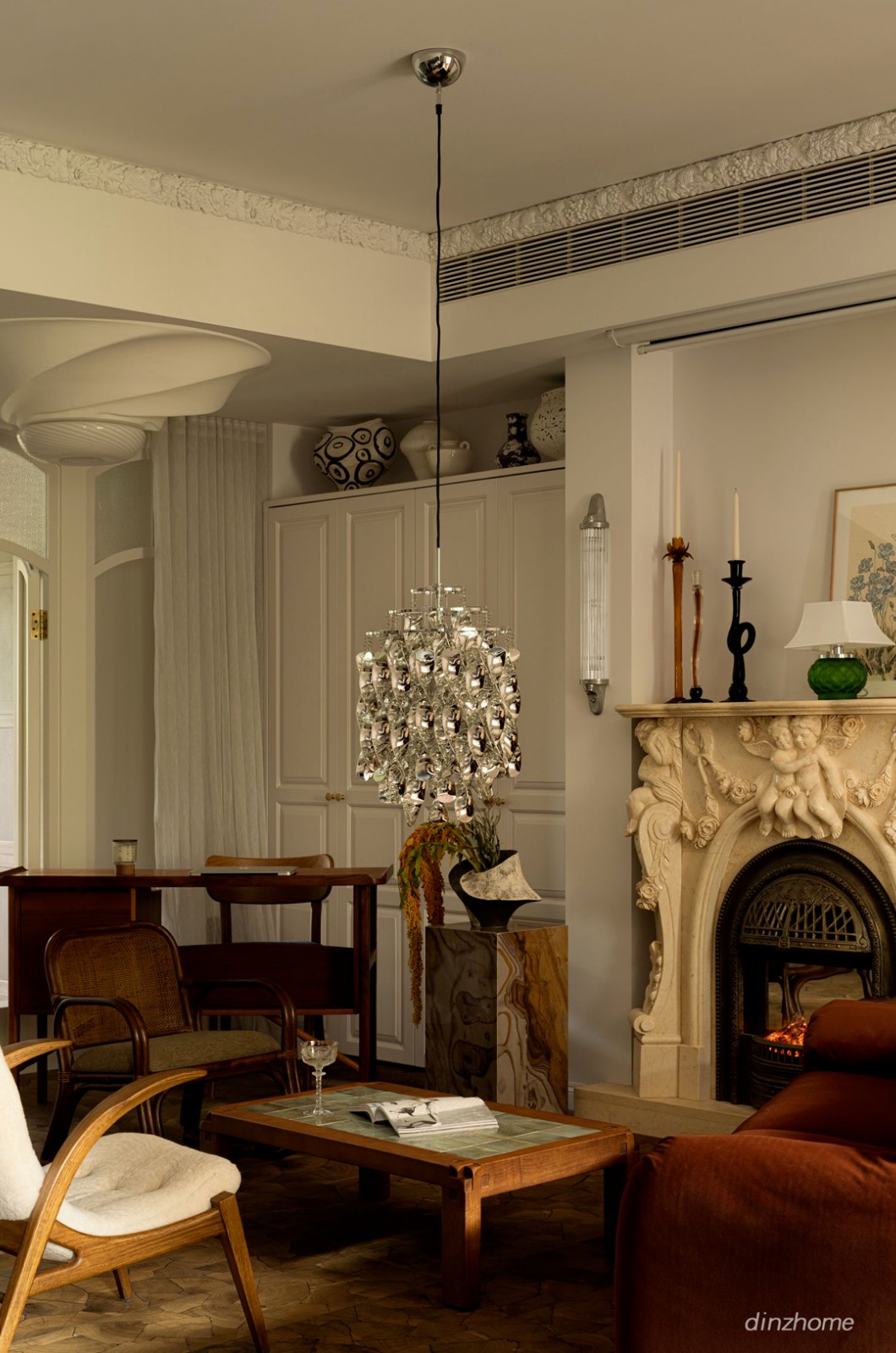House On Mount Anville Aughey O’flaherty Architects
2013-06-24 01:00
架构师提供的文本描述。这个地点位于都柏林南部的一个住宅区,新房子取代了以前存在的1970年代的平房。这一设计的关键是客户对新房子的要求是节能的,低成本的运行,并充分利用他的网站。房屋的形式、布局和细节是这些要求的结果,并以可持续设计的最佳原则为指导。
Text description provided by the architects. This site is located in a residential area in south county Dublin with the new house replacing a 1970s bungalow which existed on the site previously. Key to this design was the client’s requirement for the new house to be energy efficient, cheap to run and to make the best of his site. The form, layout and detail of the house result from these requirements and were guided by best principles of sustainable design.
自然光的使用是整个工程不可或缺的一部分,房子是东、西、北边界紧贴,使房屋的南面向太阳开放。一个双高的循环空间位于房子的中心,连接着两层楼。所有的房间都打开了这个中央空间,利用堆栈效应自然通风房子。
The use of natural light is integral to the project .The house is orientated east west and is kept tight to the north boundary to open up the south facade of the house to the sun. A double height circulation space is situated in the heart of the house, linking the two floors. All the rooms open off this central space which utilises the stack effect to naturally ventilate the house.
然后,南面由全高、三层玻璃的iroko窗户和滑动屏幕组成,以最大限度地利用太阳的增益。东面、西面和北面的立面具有极高的热效率。虽然房子的面积是250平方米,但它是一个高效和紧凑的体积。
The south façade has then been composed using full-height triple-glazed iroko windows and sliding screens to maximize the solar gain. The east, west and north façades are exceptionally thermally efficient. While the house is 250m² in size, it is an efficient and compact volume.
地方规划当局制定了一项政策,禁止以可持续性为由拆除现有建筑物。这一限制被回避的论点是,重新使用现有的平房将被证明不如它的替代可持续性。采用超绝缘、气密性和热回收等设计和节能措施,证明了新屋的节能效果,降低了一次能源利用率,减少了CO2排放,从而在可持续性的基础上是完全合适的。
The local planning authority have a policy against demolition of existing buildings on the grounds of sustainability. This constraint was circumvented with the argument that re-use of the existing bungalow would prove less sustainable than its replacement. Using the design and energy reduction measures of super-insulation, air tightness and heat recovery, etc, it was proven that the new house results in increased energy efficiency, reduced primary energy usage, reduced CO2 emissions and thereby on the grounds of sustainability is completely appropriate.
这座房子是新建筑技术和传统建筑技术的结合。这座房子是一个预制的木结构,用砖块和木材包裹在抛光的混凝土基座上。材料和技术的选择是由结构逻辑和经济逻辑驱动的。客户准备投资于材料和技术,以降低长期运行成本的房子。这所房子符合最新的残疾法规。在较低的楼层有一个水平入口无障碍卧室和浴室。
The house is a combination of the best of both new and traditional construction technologies. The house is a prefabricated timber structure wrapped in brick and timber sitting on a polished concrete plinth. The choices of material and technology were driven by constructional and economical logic. The client was prepared to invest in materials and technology that would reduce the long term running costs of the house. The house is compliant with the latest disability codes. It has a level entry accessible bedroom and bathroom on the lower floor.
设计过程于2009年4月开始,2009年12月获得规划许可,2010年6月发出招标文件,2010年10月开始施工。经过11个月的建造,该房屋于2011年9月完工。
The design process began in April 2009, planning permission was granted in Dec 2009, tender documentation was issued in June 2010 and the construction started on site in October 2010. The house was completed in September 2011 after an 11 month construction period.
 举报
举报
别默默的看了,快登录帮我评论一下吧!:)
注册
登录
更多评论
相关文章
-

描边风设计中,最容易犯的8种问题分析
2018年走过了四分之一,LOGO设计趋势也清晰了LOGO设计
-

描边风设计中,最容易犯的8种问题分析
2018年走过了四分之一,LOGO设计趋势也清晰了LOGO设计
-

描边风设计中,最容易犯的8种问题分析
2018年走过了四分之一,LOGO设计趋势也清晰了LOGO设计






































































